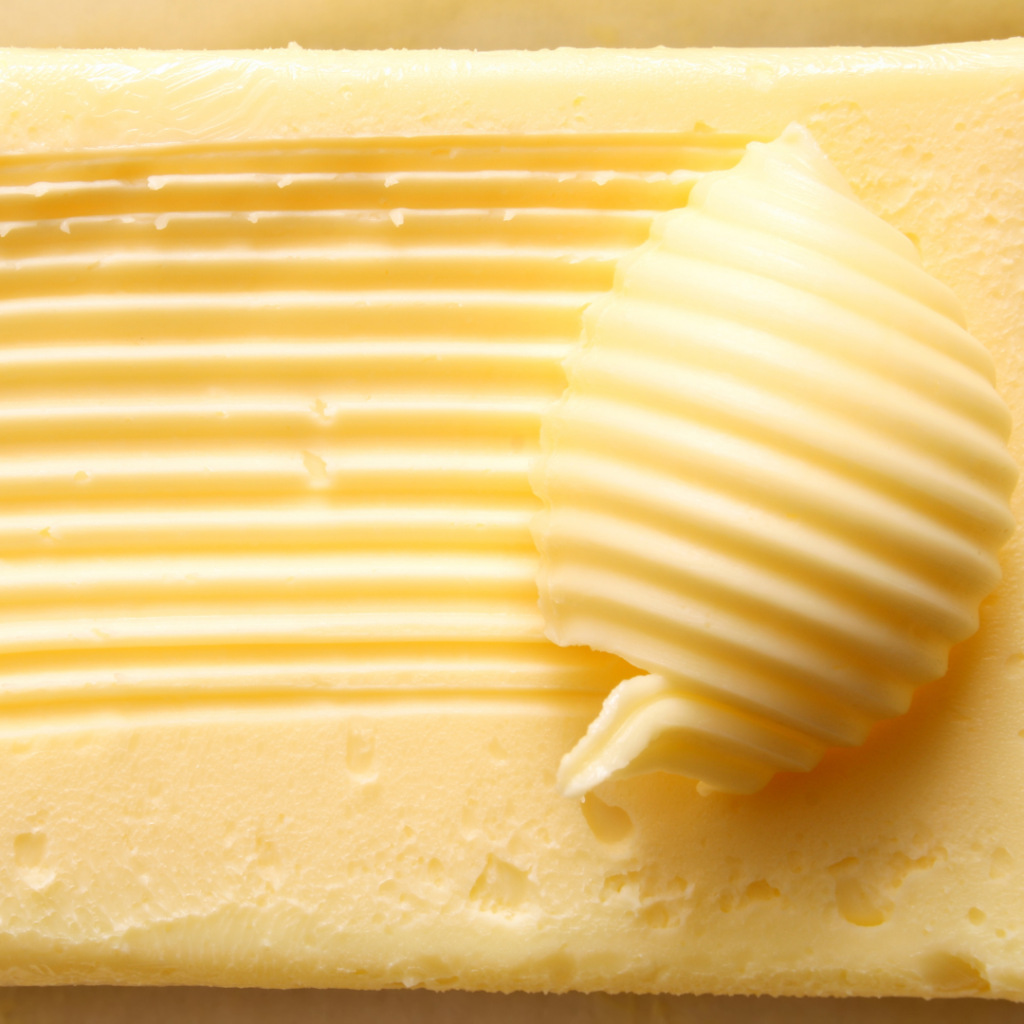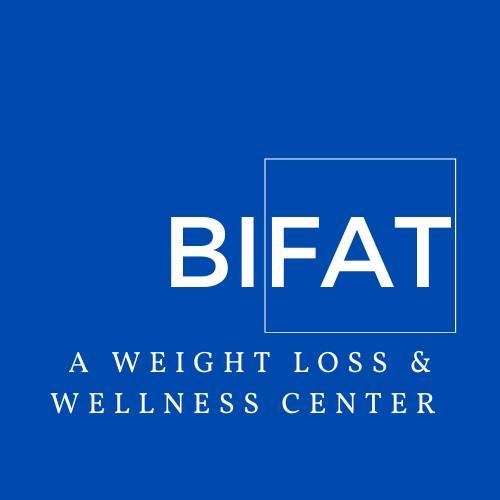Butter and margarine are two popular spreads used in cooking and baking, but they differ significantly in ingredients and nutritional value. While both serve similar purposes, understanding the differences between them can help you make informed decisions about which option is better suited for you.
What is Real Butter?
Butter is a dairy product made from churning cream — separating the butterfat from the buttermilk. It’s primarily made of saturated fat, which makes up around 70-80% of its total fat content. Additionally, butter contains vitamins A, D, E, and K, as well as cholesterol and trace amounts of minerals like calcium and phosphorus. Other ingredients may include salt for flavor and preservation (unsalted butter contains only cream). Occasionally, butter may have natural flavorings for added taste or aroma.
What is Margarine?
On the other hand, margarine is a spread made from vegetable oils (e.g., soybean, canola, palms or sunflower oil). This is done through a process called hydrogenation, which turns the liquid oils into solid fats. This process also creates trans fats, which are known to increase levels of LDL (bad) cholesterol and lower levels of HDL (good) cholesterol. Because of this, your risk of heart disease may be increased. But keep in mind that some margarine products have been reformulated to reduce or eliminate trans fats.
Other ingredients in margarine can vary depending on the brand, but typical ingredients include:
- Water
- Salt
- Emulsifiers (such as soy lecithin)
- Natural or artificial flavors
- Vitamins (such as vitamins A and D)
- Coloring agents (for colored margarines)
- Sweeteners
- Stabilizers
- Preservatives
Checking the ingredient list on the packaging can provide detailed information about the contents of a particular margarine product.

Nutritional Comparison
In terms of calories and fat content, butter and margarine are similar, with both providing around 100 calories and 11 grams of fat per tablespoon. However, the type of fat differs significantly. Butter contains more saturated fat, while margarine may contain trans fats, depending on the product.
Health Considerations
For many years, margarine was marketed as a healthier alternative to butter due to its lower saturated fat content. However, with the recognition of the harmful effects of trans fats, particularly on heart health, the perception of margarine has shifted.
Which is Better for Your Health?
The debate over whether butter or margarine is healthier continues to divide opinions among health experts. Some argue that butter, despite its higher saturated fat content, is a more natural option and contains valuable nutrients. Others advocate for margarine, especially those made with healthier oils and without trans fats.
Ultimately, moderation is key when it comes to butter and margarine consumption. Individual dietary needs and health goals must be considered. Those with concerns about cholesterol levels or heart health may opt for spreads with lower saturated and trans fat content, while others may prioritize taste and nutritional value.
If you want to work with a dedicated healthcare provider to provide personalized guidance on making the best nutrition choices for your overall health, contact us at BIFAT Center. We’re here to help you take the first step to a new, healthier lifestyle.


Leave a Reply